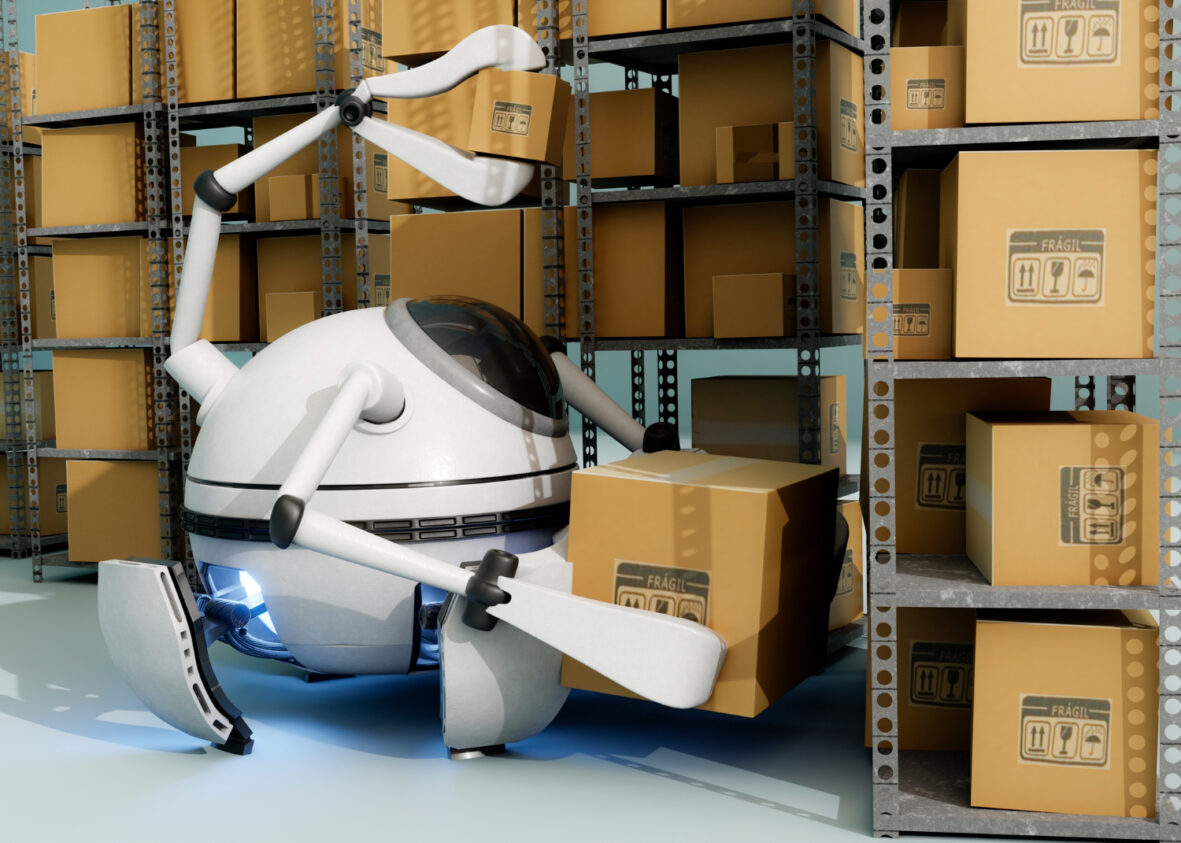Amazon has long been at the forefront of innovation in e-commerce, and its latest advancements in warehouse robotics are set to revolutionize fulfillment as we know it. From improving efficiency to cutting costs, these robotic solutions are changing the way products move from warehouses to customers.
The Rise of Robotics in Amazon Warehouses
Over the years, Amazon has steadily integrated automation into its fulfillment centers. Starting with the acquisition of Kiva Systems in 2012, the company has continued to expand its robotic capabilities. Today, Amazon deploys over half a million robotic units across its global network, assisting human workers in sorting, packing, and transporting inventory.
In 2024, Amazon introduced two new robotic systems: Proteus and Sequoia. Proteus is Amazon’s first fully autonomous mobile robot, capable of navigating warehouse floors safely around human workers. Sequoia is an advanced sorting system designed to streamline order processing and reduce storage retrieval times. These innovations help Amazon move inventory faster and more accurately than ever before.
The Impact on Fulfillment Speed and Accuracy
Robotic automation allows Amazon to process orders with unprecedented speed. Machines like Sequoia can identify, pick, and sort inventory up to 75% faster than traditional manual methods. Additionally, the use of AI-driven robots minimizes errors in order fulfillment, reducing misplacements and incorrect shipments.
During peak shopping seasons, such as Prime Day and the holiday rush, fulfillment centers experience a surge in demand. With robotic assistance, Amazon can maintain high-efficiency levels even under intense order volumes. By handling repetitive tasks, these robots free up human employees to focus on more complex decision-making processes.
Cost Savings and the Future of Warehouse Employment
One of robotic automation’s biggest advantages is its impact on operational costs. Analysts estimate that Amazon’s robotic initiatives could save the company up to $10 billion annually by 2030. These savings come from faster order processing, reduced labor costs, and optimized warehouse space utilization.
However, the growing reliance on robots has raised concerns about the future of warehouse employment. While automation eliminates some manual tasks, Amazon maintains that human workers remain essential. The company has emphasized a “human-robot collaboration” model, where robots handle physically demanding work, allowing employees to focus on quality control and system oversight.
What’s Next for Amazon’s Robotics Evolution?
Amazon continues to invest in emerging technologies, including AI-driven predictive analytics and automated last-mile delivery solutions. Future advancements may include drone-based fulfillment centers and self-operating warehouses that require minimal human intervention.
As technology progresses, Amazon’s logistics network will become even more efficient, setting new standards for fulfillment speed and accuracy. These developments will benefit the company and reshape consumer expectations for e-commerce delivery worldwide.
The future of fulfillment is here, and Amazon’s robotics revolution is leading the way. As the company continues to innovate, other retailers may follow suit, adopting automation to stay competitive. Whether you’re a seller, a logistics professional, or a consumer, these changes will redefine how products reach their destinations in the years to come.
Written By: Neil Maccolai Lacap
Email: [email protected]
Website: http://www.ehpconsultinggroup.com
Number: 925-293-3313
Date Written: February 5, 2025
